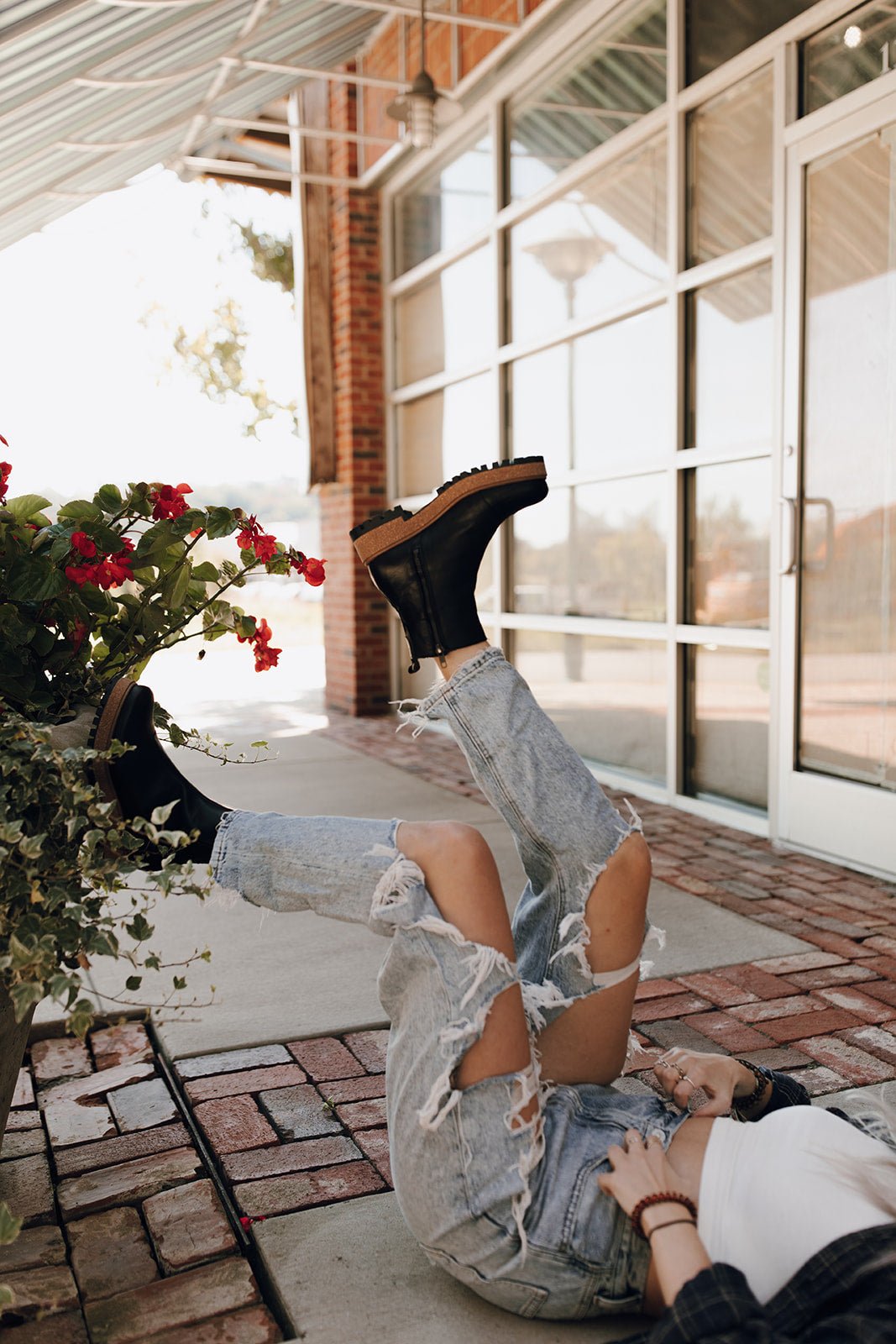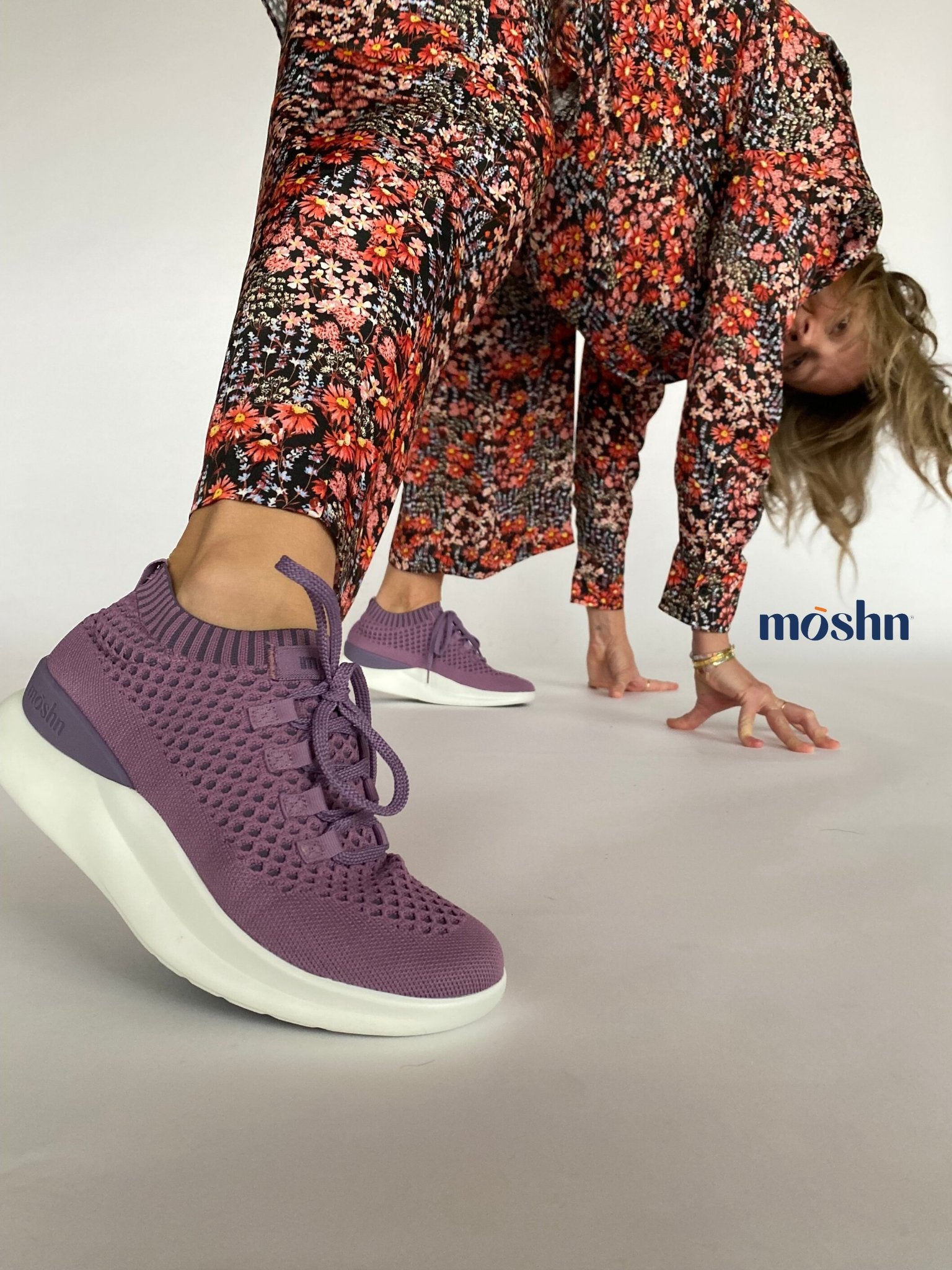
Waterproof & Water-Resistant Footwear
Ok, it's raining outside. Obviously you don't want to grab suede sandals but, do you really need "waterproof" shoes because it's raining?

There's a lot of confusion surrounding "waterproof" and "water-resistant" footwear. What's the difference? Do you really need "waterproof" shoes?
Here are the features of a shoe that make it waterproof:
- A waterproof liner on the inside of the boot (such as Gore-Tex)
- A gusseted tongue that prevents water from seeping in between the tongue and the upper
- Treated leather that acts as a barrier between water and the raw leather
- No perforations of any type on the shoe
Did you know suede boots can be waterproof? The suede styles in this collection from a Canadian-based company are completely waterproof.
Water-Resistant shoes will only have the 3rd item above (some sort of treatment on the leather to prevent water damage).
So what occasions to you need each?
Waterproof is really only necessary when it is a possibility that you will repeatedly submerge your footwear in water deeper than about 3" or more for more than a 4-5 seconds. With waterproof footwear, you can submerge your entire shoe in water (not higher than the top of the shoe) and water will not penetrate the surface, keeping your feet dry and happy. So, think: hiking through creeks, trudging through snow or traveling to a very wet climate and you plan to spend a lot of time outdoors in the elements.
repeatedly submerge your footwear in water deeper than about 3" or more for more than a 4-5 seconds. With waterproof footwear, you can submerge your entire shoe in water (not higher than the top of the shoe) and water will not penetrate the surface, keeping your feet dry and happy. So, think: hiking through creeks, trudging through snow or traveling to a very wet climate and you plan to spend a lot of time outdoors in the elements.
So, next time you're shopping for shoes, think if you really need waterproof...or if water-resistant will do just fine!
Water-resistant footwear is great for a typical rainy day. In most cases, waterproof is not just over-kill, it can also make a shoe less breathable.


